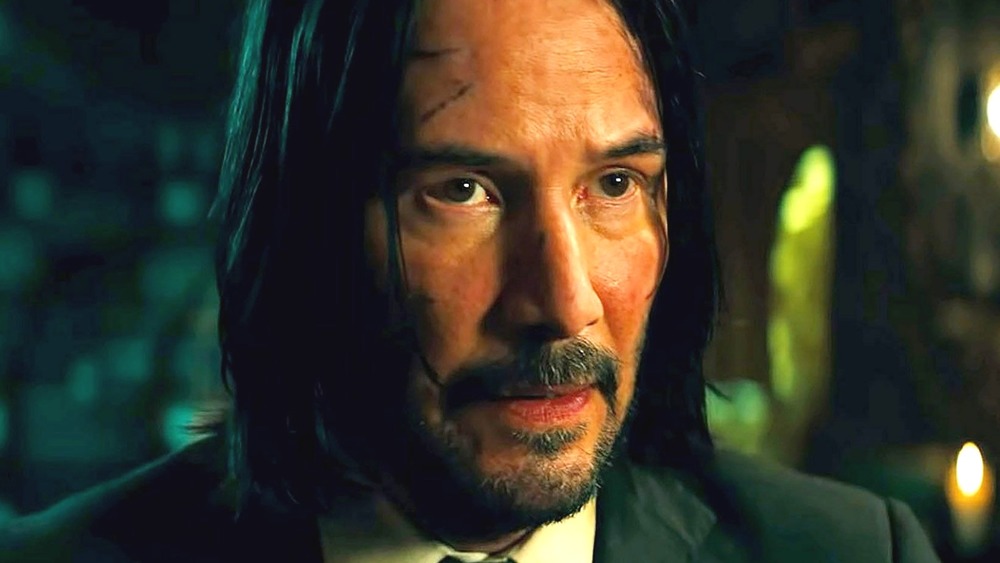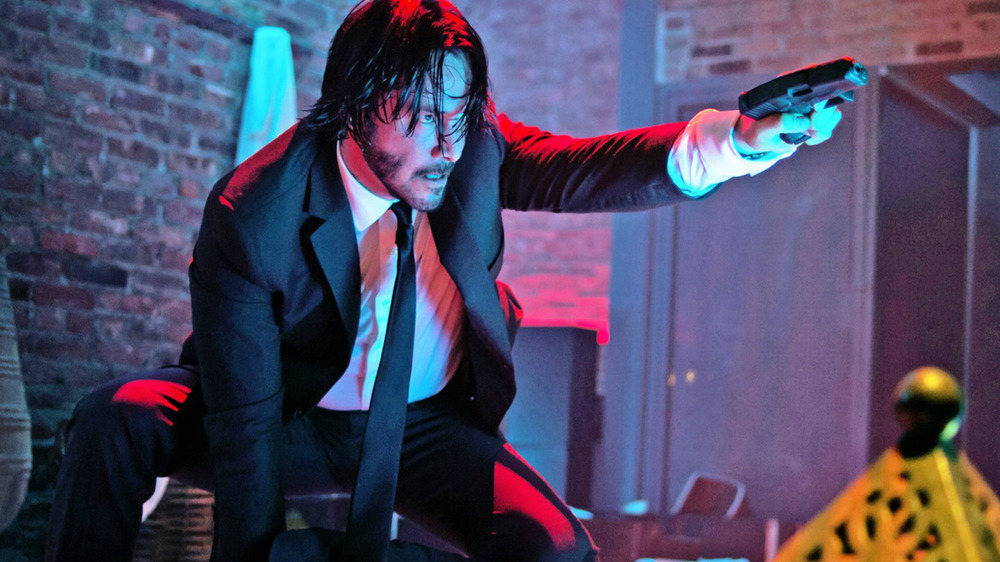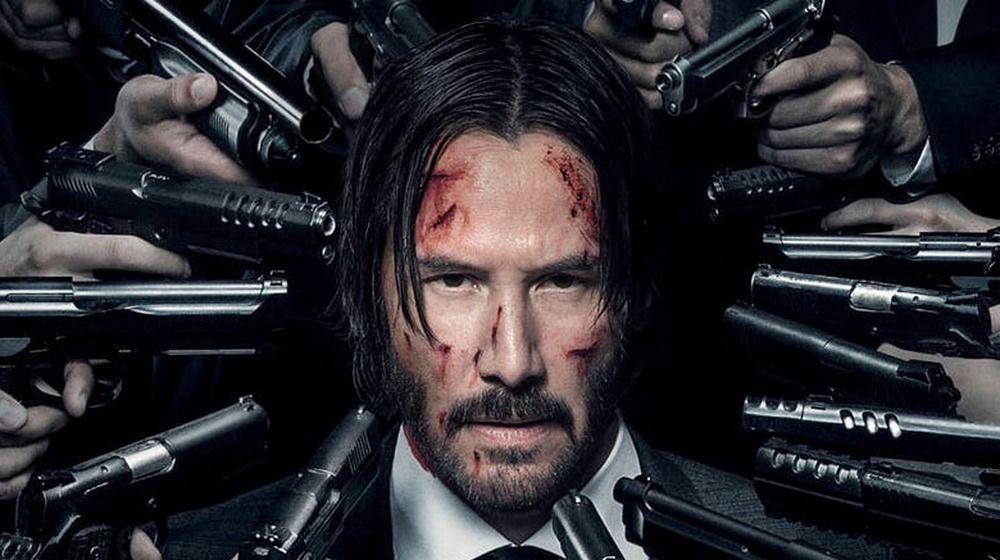The Ending Of John Wick: Chapter 2 Explained
Since the release of the original John Wick in 2014, the eponymous character has achieved an almost mythical status, both in real life and his own universe. He's an unstoppable force of an assassin, capable of facing entire armies of indistinct mobster gunmen single-handedly. The character's pencil anecdote alone is enough to make him notorious.
However, he's also a sympathetic character. In the first film, the ex-assassin's wife dies of cancer. In his mourning, Wick finds new purpose in taking care of the puppy his wife leaves for him. When the punk son of a high-profile Russian mobster robs him and kills his dog, Wick returns to the assassin's life on a revenge quest.
The ensuing story follows the vengeance and redemption of a character with too few reasons to live and too many dead bodies on his conscience. The ending to this story does provide solid closure, but there is also still enough to expand on the original film. That's how we got John Wick: Chapter 2.
What happens to John Wick in Chapter 2?
Instead of being its own story, John Wick: Chapter 2 acts as more of a continuation. While the last film ended with John's achieving victory over the people who killed his dog and stole his car, Chapter 2 concludes with mixed results. On one hand, John finally takes down Santino D'Antonio, the Italian mob boss who barred him from his second retirement after the events of the first film. On the other hand, John kills D'Antonio on the grounds of the Continental Hotel, leaving his fate uncertain.
According to the underground organization's rules, John is excommunicated. He can no longer use Continental services, and every professional hitman on the planet is gunning for his head. It seems like everything is at a net loss for John in the end, even though he got what he wanted.
Still, John stays as placid as ever. He warns Winston, manager of the Continental, that he will kill any assassin that comes for him. Winston hands him a marker (a locket symbolizing an unbreakable agreement) for later use and bids John adieu. John runs off as every assassin in New York City prepares to hunt him down.
What does it all mean?
The universe of John Wick hinges on concepts like revenge and redemption, or actions and consequences. In one of the final fight sequences of Chapter 2, John is led into a hall of mirrors not too dissimilar from the one in Enter the Dragon. The hall is an art piece built to encourage self-reflection. It's an appropriate place and time for D'Antonio to pick apart John's character. He labels John an "addict" for revenge. John does not dispute this claim. In fact, his whole character arc in Chapter 2 is about him sinking deeper into that addiction.
"I wanted to explore what would happen if the worst man in the world found salvation," said writer Derek Kolstad in the first movie's production notes. "Would it be true to his core? When the source of his salvation is ripped away from him, what happens? Do the gates of Hades open?"
If the first John Wick was about what happens when those gates open, then the sequel is about what happens when they aren't allowed to close. Evidently, it doesn't mean anything good for the people holding the gate open. At the same time, it doesn't mean anything good for John, either. He may have a mythical reputation as the Boogie Man, but he's still very human. With every assassin on God's green Earth after him, the movie leaves the audience unsure if a man like John Wick can even survive the trials ahead.


